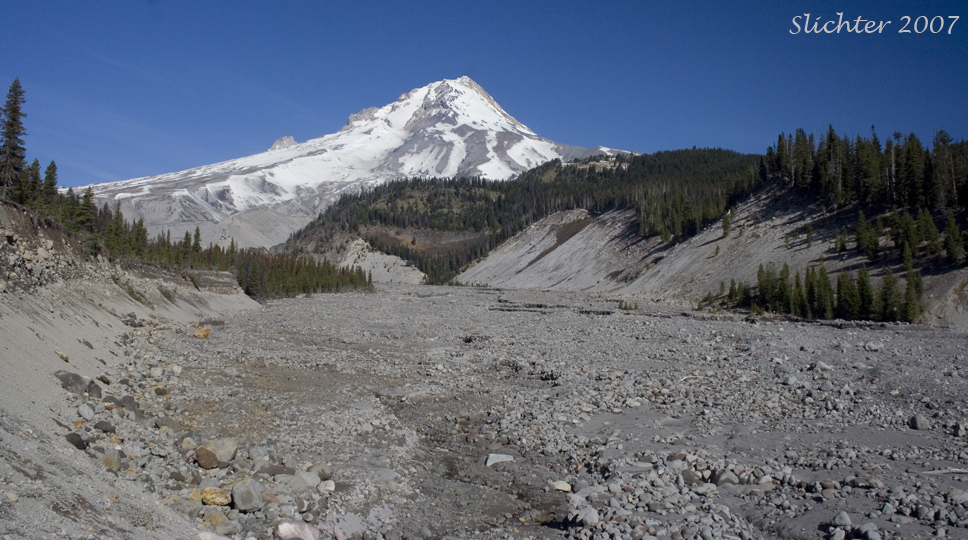

Mt. Hood in the Cascade Mts. of Oregon was formed by vulcanism. Glaciation began tearing the mountain apart. On occasion, water builds in the glaciers during large rainstorms, and when released, the water floods downhill, carrying large boulders, gravel and glacial sand. Such an event was witnessed on Mt. Hood recently during the floods of the winter of 2006/07. Note that sands and gravels of previous outburst floods remain deposited in the walls of both banks.
As seen in the photo above, all pre-existing soils were washed away leaving large boulders, cobbles and sand that was washed down from the glaciers above. This is an area for ready for primary succession to occur.

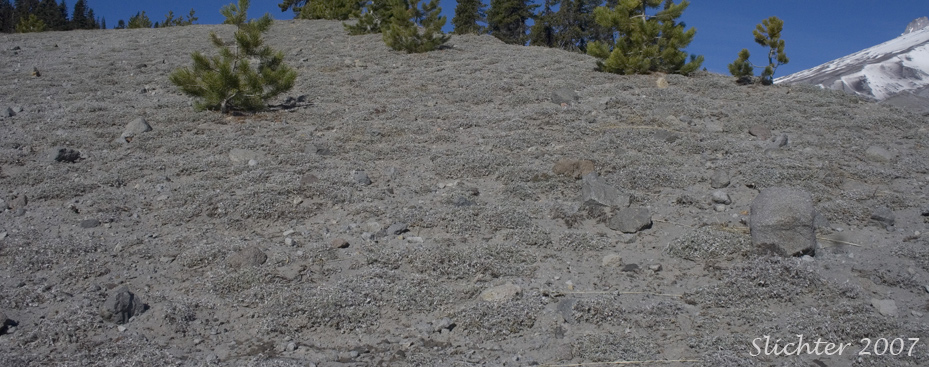
On loose soils like sand and gravel, lichens do not form (they like rock surfaces). Mosses can form on such loose surfaces, but only where it is moist. Frequently, other pioneer plants become established on these loose soils. They tend to do well in nutrient poor soils like these and will often actually add new nutrients to the soil, readying it for later plants to come. The gray clumps of vegetation all over the ground here are lupines, which are nitrogen fixers, helping to convert atmospheric nitrogen to forms of nitrogen that bacteria and other plants can use in the ground. (See a larger view of these lupines here.)

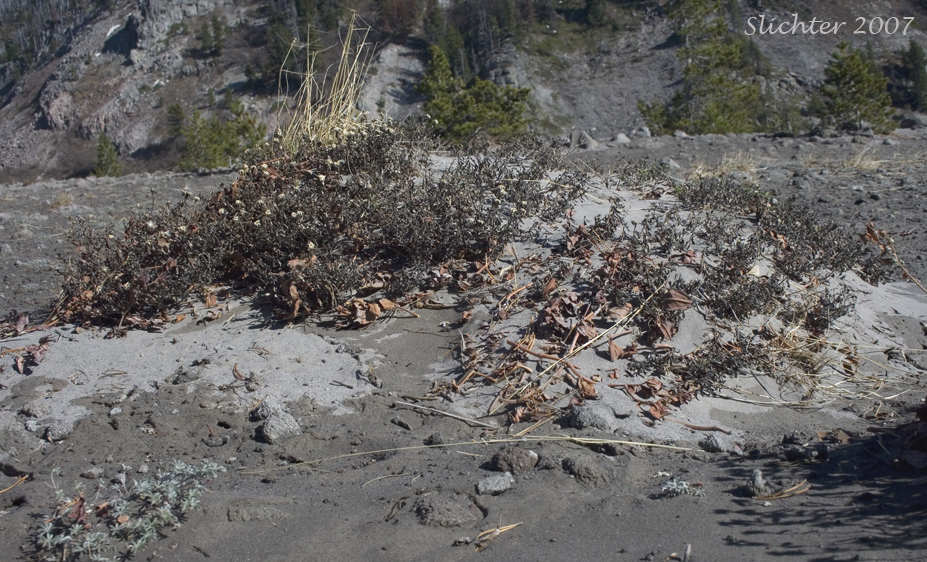
The pioneer plants hold onto developing soil with their roots, while the leaves catch dead leaves, flowers and other organic matter that blows across the soil. The first saprotrophs begin decaying this dead matter which is held in the soil below the plants. The combination of decay and holding of soil by the roots and leaves of live plants builds the soil up so that small hills of vegetation and soil form. These grow outwards with time and occasionally with join others. This small hill of developing soil is now deep enough for some larger herbs and shrublets as well as the first of the grasses.


With addition of new soil, some shade and retention of moisture, mosses form across the ground, holding the soil down even more and with their own decay, adding to the depth of the soil which will soon be deep enough to hold more grasses or small shrubs and trees.

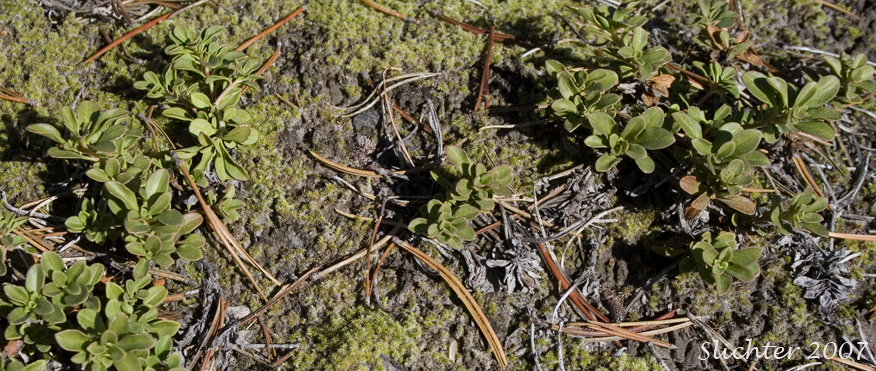
With added organic matter from the decay of dead mosses and dead materials, the soil becomes deep enough for small shrubs to grow as seen here.

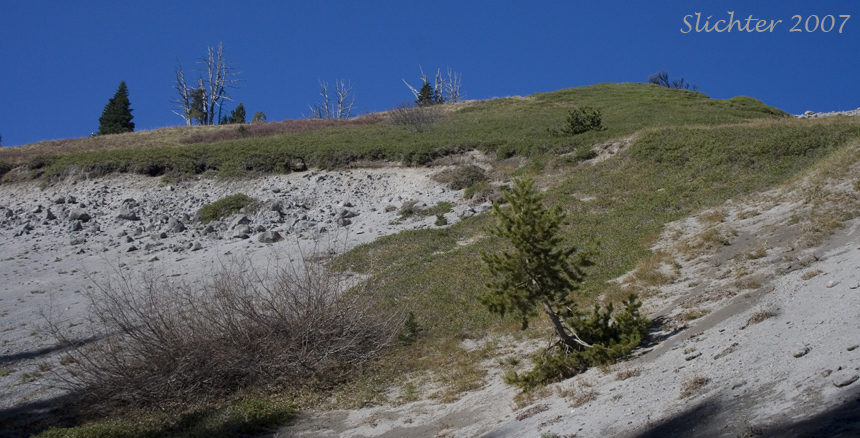
Here we see grasses and a few shrubs and trees taking hold on a sand and gravel slope next to the White River and below Timberline Lodge on Mt. Hood. In this case, the vegetation grows down the slope with saprotrophs building new soil from the leaves and twigs which fall downslope while new plants develop where their seeds fall.

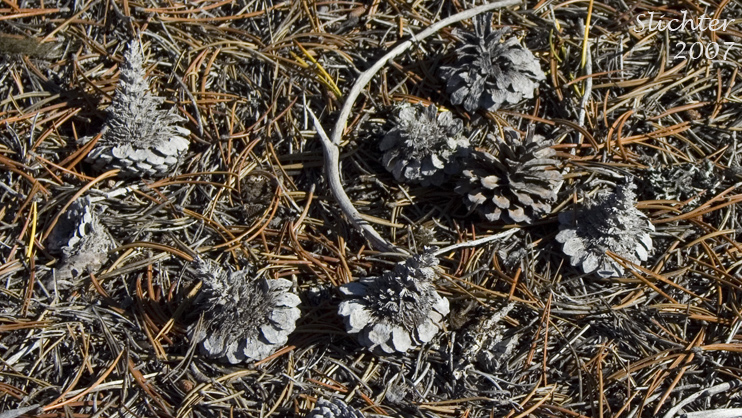
With growth of shrubs and small trees, dead leaves, needles, and twigs drop to the ground where they are eventually decayed by the increasing numbers of saprotrophs. The nutrients in the dead matter are recycled to the soil, slowly adding to its depth and allowing the shrubs and trees to increase in size.


With enough time, enough soil develops to support the large trees of a coniferous forest. At this location on Mt. Hood, the process of succession from bare, undeveloped ground to old growth (climax community) probably takes place over the course of several hundred years.